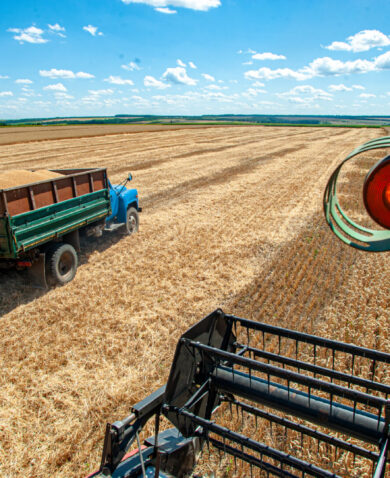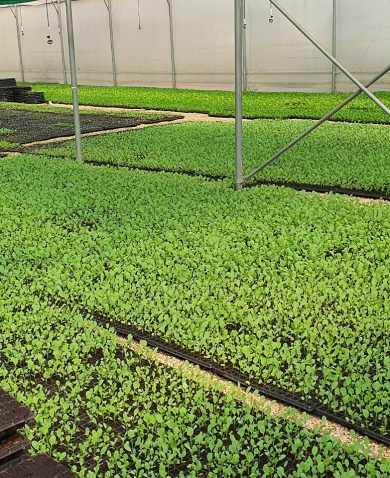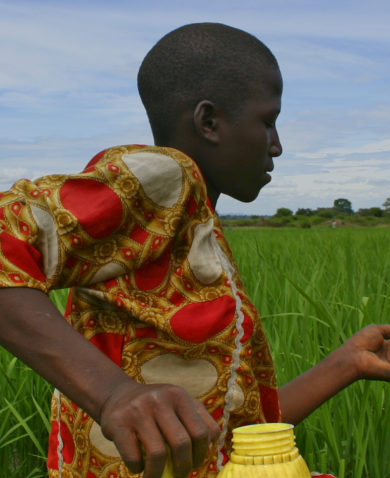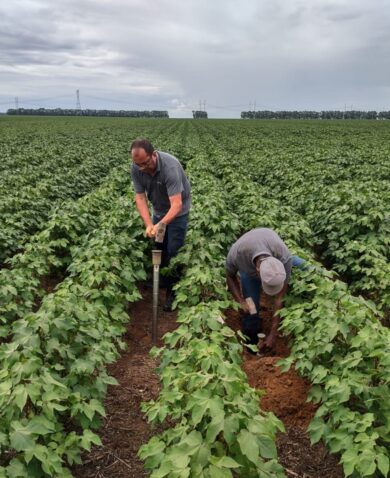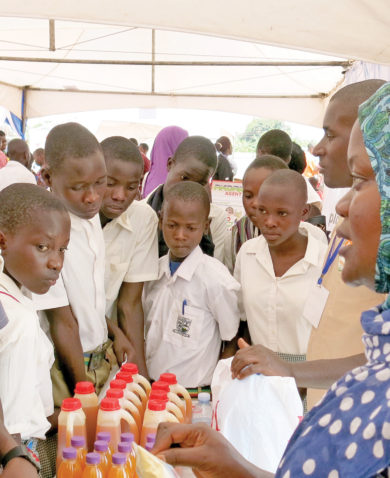
How Can We Get Youth Interested in Agriculture?
September 30, 2016 | 2 Minute ReadAgriculture is a big part of the solution to youth unemployment around the world, but in many places it has an image problem: young people do not think of it as an attractive source of jobs.
Despite the remarkable progress the world has made in its fight against poverty, it is a challenging time to be young. Youth face high unemployment in many parts of the world today. In Africa, for example, young people account for 60 percent of all unemployed. The youth unemployment rates in countries like Botswana, Republic of the Congo, Senegal, and South Africa exceed 30 percent.
Making agriculture a more viable and attractive source of tomorrow’s jobs is critical to young people’s prosperity around the world, particularly in rural areas and countries with largely agrarian economies. But, historically, this has proven challenging due to a number of constraints, some real, some perceived.
Real constraints limit agricultural opportunities for youth in many parts of the world. These include the usual suspects, such as lack of educational opportunities in modern farming (e.g., pest and drought management), market information for planning purposes, and critical resources like land and financing. In many societies, young women are at a particular disadvantage due to inheritance norms and male-dominated business mentalities.
Perceptions can also be a barrier to connecting youth with good agricultural jobs, even where there are real opportunities. Often, youth in rural areas do not see agriculture’s potential because they have grown up in smallholder farming communities that struggled against unfavorable market and environmental factors, capturing precious little profit for hard physical toil. As a result, they avoid working in agriculture.
What can make agriculture both a more viable and attractive option for youth? Encouraging examples can be found in initiatives that address both real and perceived constraints to spark entrepreneurship in agriculture. By providing practical education, startup resources, market information, and technology, programs can help young people see new potential in agricultural value chains and capture real opportunities.
In Nigeria, to take one example, a young man from Kaduna state named Japhet Barnabas participated in USAID-funded training on business basics, such as obtaining market information, costing and pricing, savings and credit, and value chain concepts. He also gained access to youth-driven networks designed to create linkages between farmers and input suppliers, middle-value chain actors, exporters, processors, traders or farmer organizations.
Within three months of the training, Japhet moved from selling live chickens to selling slaughtered, de-feathered, and packaged chickens. He saw a nearly five-fold increase in his profits. His reflection on that training — that it equipped him with the “skills to identify and utilize the opportunities around me” — speaks to the effectiveness of approaches that truly empower youth.
Agriculture is a big part of the answer to youth unemployment around the world. We can and should enable a new generation that embraces innovation, technology, and marketplace relationships to produce and process higher-value agricultural goods and, ultimately, generate better incomes for themselves and their families.







